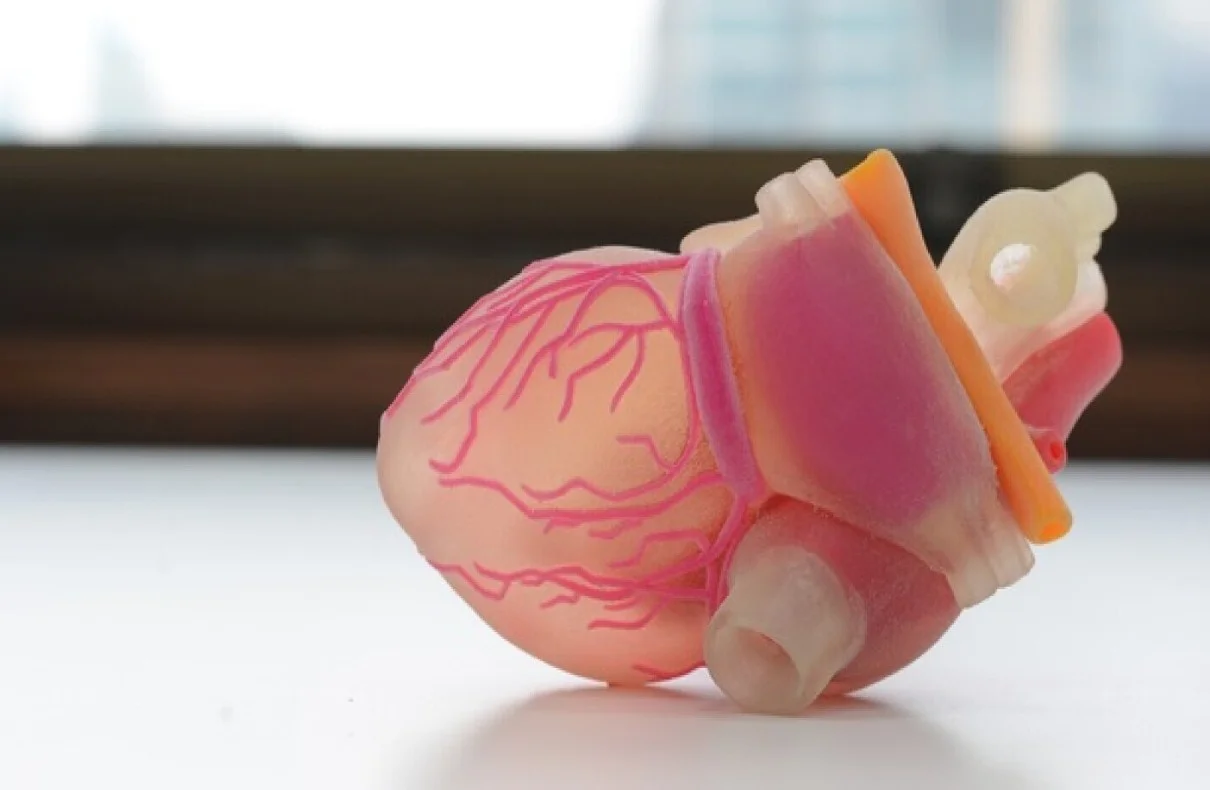Digital twins have long been a part of our daily lives. For example, every time we get into our car and turn on our GPS navigator, a virtual replica of the road opens in front of us. This representation provides an image of the road on which the traffic situation is visible in real time.
So, when a traffic jam is predicted, the system simulates alternative routes, calculating the time of each possible trip. Even if we know the route, we continue to use the navigator because it helps us make decisions to get there faster, optimize fuel consumption or accurately estimate our arrival time.
In essence, digital twins work like a browser, but instead of representing roads, they create virtual copies of anything: from networks of cables and pipes to ships and cars, and even places like buildings or entire cities.
In all these cases, digital twins make it possible to simulate scenarios or predict outcomes based on real-time information analysis. The degree of accuracy in the replicas, the amount of information to be managed, and the analytical capabilities required vary depending on the context and needs of each use case.
For example, recreating organs at the cellular level is extremely complex. Until recently, this process required large amounts of data, often unavailable, on which mathematical models could be applied. However, today, thanks to new devices, instruments and sensors, it is possible to collect large amounts of information.
In addition, advances in artificial intelligence allow a constant connection between an organ and its digital replica, which makes it possible to analyze updated data to predict how an organ may respond to a treatment or intervention.
In Spain, digital twins of organs are a reality. A research group from the University of Zaragoza working on the ProCanAid project is developing a digital copy of the prostate of patients at risk of cancer. Using magnetic resonance images, they apply advanced algorithms to accurately recreate the organ, the tumor and the associated nerves and vessels.
All this information allows us to better understand the progression of cancer. In fact, through various simulations, they study how it may evolve, designing personalized treatments that are much more effective than current treatments.
On the other hand, in Barcelona, ELEM Biotech, a spin-off of the Supercomputing Center, also creates virtual replicas, in this case of the heart, to detect hidden pathologies and test personalized treatments according to the characteristics of each patient.
In addition to personalizing treatments, digital twins also make it possible to anticipate future problems in healthy people by analyzing scenarios, such as a sudden increase in the subject’s weight. In parallel, all this information also comes in handy in the development of medical devices in general and pacemakers in this particular case.
These examples show how healthcare is evolving towards an approach where digital innovation helps doctors decide when to operate, which treatments to apply or how to combine them in the best way. But this revolution does not stop there.
In the field of clinical trials, it is now possible to create virtual populations that include previously excluded patient groups, such as children, or increase the representation of traditionally less studied groups, eliminating bias and ensuring that trials are more inclusive.
All of this will lead to the development of more effective drugs, while dramatically reducing the time to market. Another area where we will see the transformative power of the new paradigm is the transfer of knowledge between doctors.
Digital twins, combined with other technologies such as robotic surgery, make the learning process faster and better, reducing the reliance on the experience of a single doctor to train residents and reducing their training time.
We are just beginning to see its full potential, but this technology still faces important ethical challenges, such as privacy, information security, informed consent, equality in access and the potential dehumanization of healthcare.
In addition, it is necessary to develop rules that, for example, determine under what conditions clinical trials conducted with virtual populations are legitimate. There are also more mundane challenges, such as the need for a robust infrastructure or the current shortage of biomedical engineers, which creates a bottleneck for the implementation of all this technological innovation. It will certainly be necessary to attract new talents to this emerging field of knowledge.
It will not be easy, but we are on the threshold of a revolution that promises to improve the diagnosis and treatment of diseases, accelerate drug development, optimize equipment and disseminate medical knowledge on a massive scale. And as Mariano Vázquez, CTO and co-founder of ELEM Biotech, says, “It sounds like science fiction, but it’s more science than fiction.”
